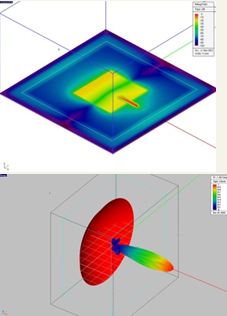
An average error of less than 3.2% is observed in the computation of the performance parameters using the proposed method. A good agreement of the computed results has been observed with respect to SPICE simulated results. To validate the FDTD computed results, SPICE simulations are run and results are compared. The number of lumps in SPICE simulations is considered the same as those of spatial segments. RF inductors, Power inductors, wideband Transformers SPICE model files. Power operational amplifiers, PWM amplifiers and voltage references. Tantalum and niobium oxide capacitors PSpice models. The FDTD technique is used because it gives accurate results and carries time domain analysis of coupled lines. Search engine for SPICE simulation models. To demonstrate the effects, two distributed RLC lines coupled inductively and capacitively are taken into consideration. The analysis of the effects of unequal rise time is equally important because practically, it is quite common to have mismatching in the rise time of the signals transmitting through different length wires. The analysis is carried out for equal and unequal transition times of coupled inputs. This paper addresses the FDTD based analysis of transition time effects on functional and dynamic crosstalk. The transition time of the input is of prime importance in high speed circuits.

The interconnect delay depends on many factors, a few of them are inputs toggling patterns, line & coupling parasitics, input rise/fall time and source/load characteristics. The performance of high density chips operating in the GHz range is mostly affected by on-chip interconnects.


 0 kommentar(er)
0 kommentar(er)
